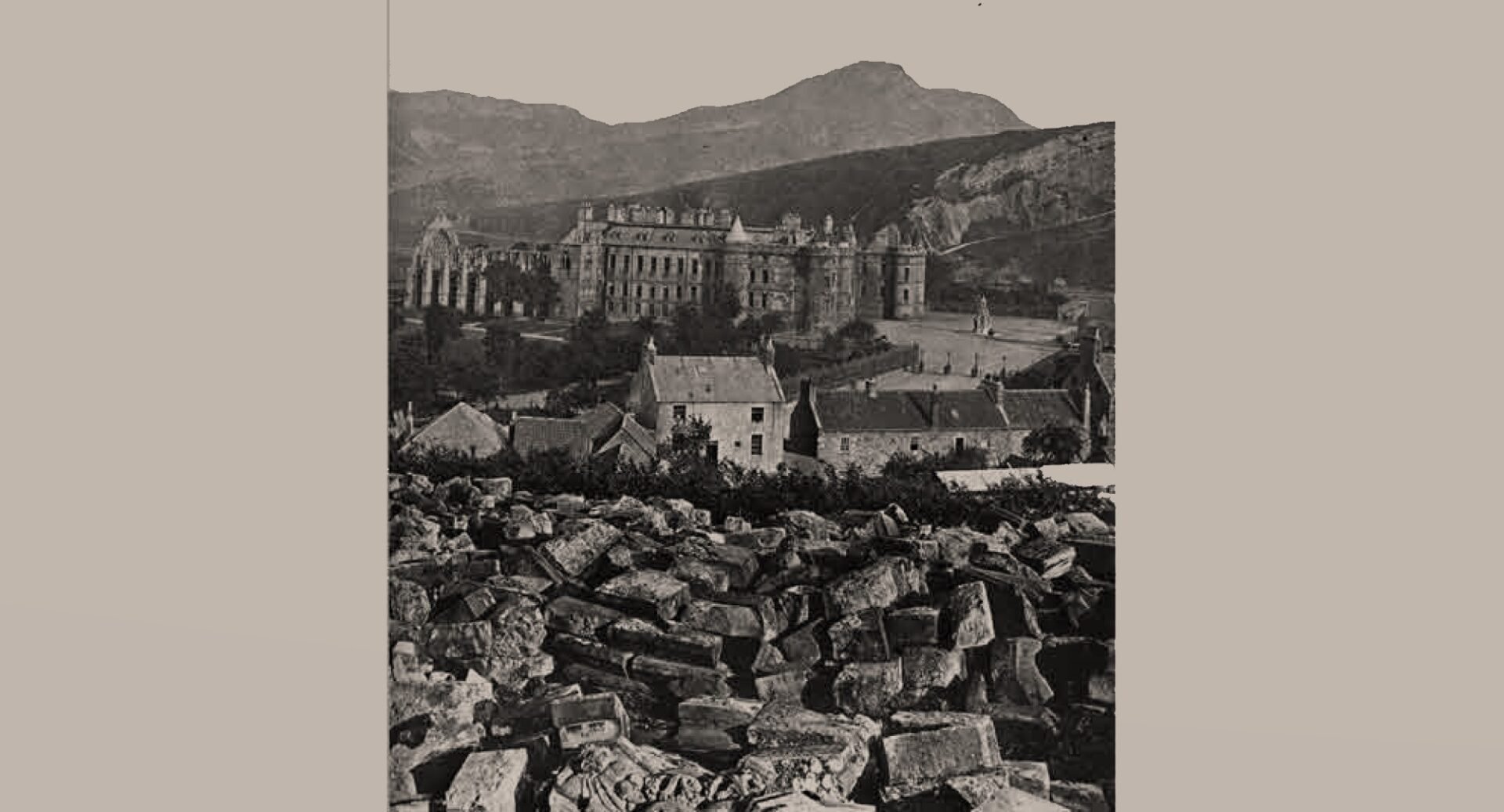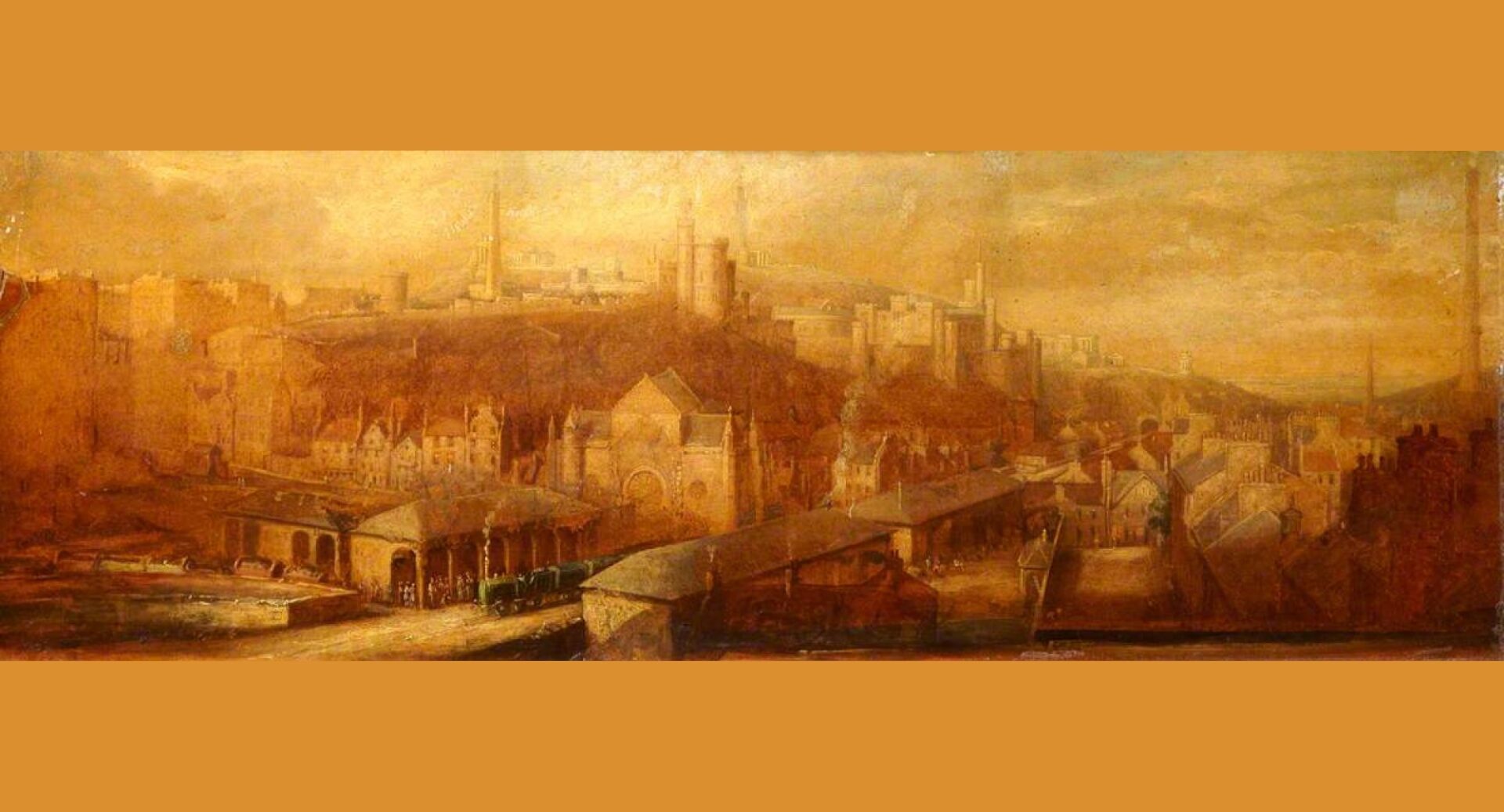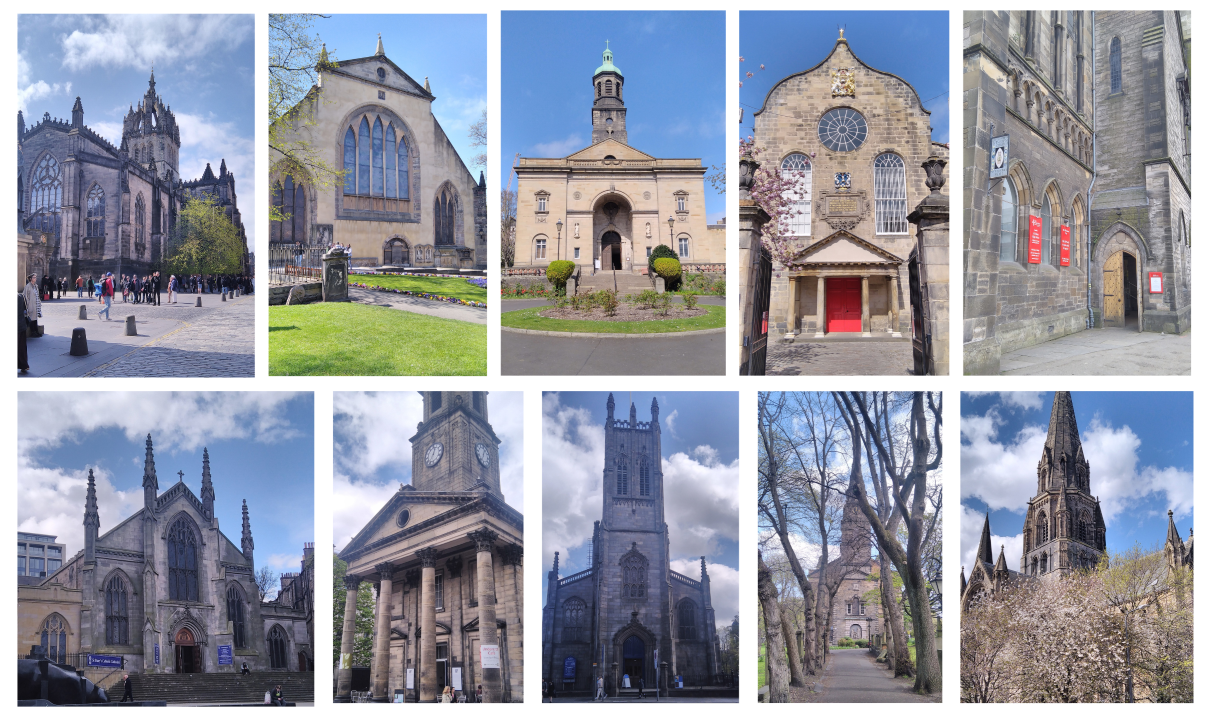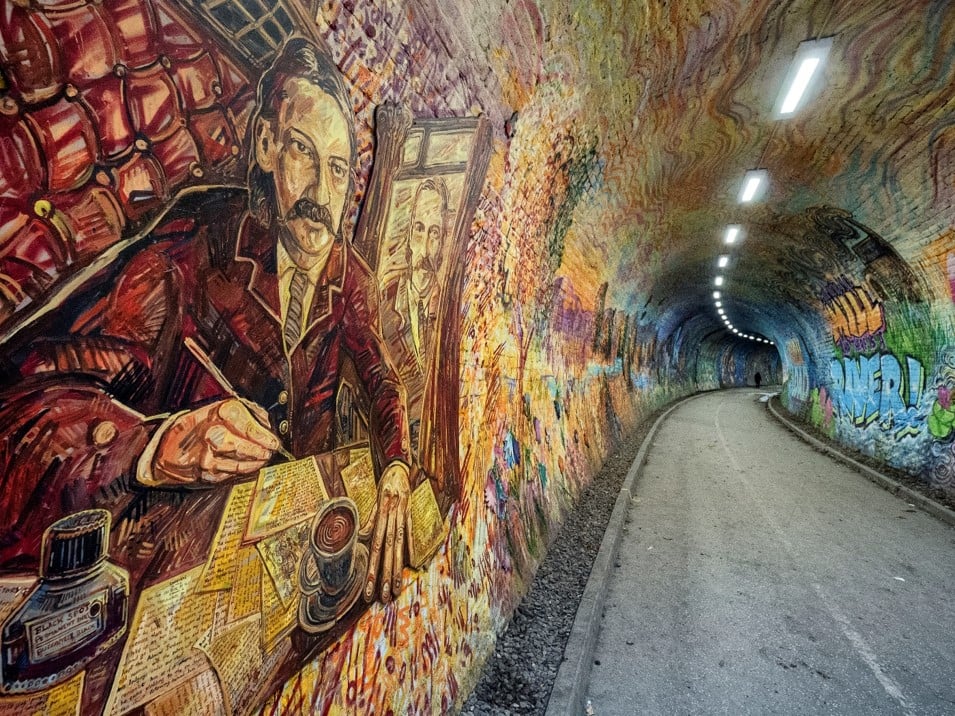In 1848 the iconic Trinity Collegiate Church was demolished to make way for what is now Platform 2 of Waverley Station. The stones were left on Calton Hill for over 20 years while a heated and sometime farcical debate ensued between the Edinburgh Council and supporters of the church as to what should be done with them. In the latter camp were Henry Cockburn, John Ruskin and Robert Fleming- Gourlay. In 1870 the church was rebuilt with the remaining stones on Chalmers Close, where it remains today. During that time stones were removed to sites all over the city. Jill’s project, funded by OEC, is to find and catalogue these stones and to tell their fascinating story. It is a story which brings into sharp focus issues of heritage values v progress which affect us in Edinburgh today.
Speaker
Jill Harrison
Jill Harrison, lecturer in Art History and Research Associate, Open University, founded the Trinity Network in 2018 with the aim of studying all aspects of the Trinity Apse in Edinburgh now located on Chalmers Close.
In order to secure an appropriate future for this iconic building, they have forged connections with a number of Edinburgh stakeholders: Morningside Heritage Association, Old Edinburgh Club, Edinburgh Museums and Galleries, Dorothy Dunnett Society, Friends of Calton Hill, the Crannie Community Hub, Historic Environment Scotland, Grassmarket Residents Association, the Cockburn Society, Heriot Watt University and Edinburgh University.
They have mounted lectures and Open Days in the Apse, and are currently editing a book on the Trinity Apse to be published in 2025. Jill Harrison is the recipient of an OEC Jean Guild Award for a two-year project to produce a survey of all the Trinity stones dispersed over Edinburgh following the demolition of the building in 1848.








